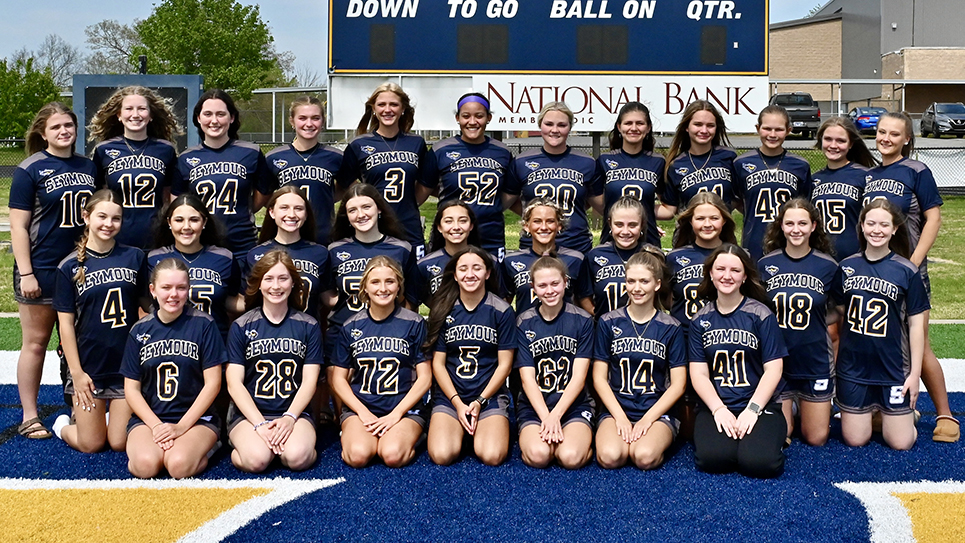By Tom Mattingly
When push comes to shove for quarterbacks battling for playing time, as is the case this spring and more than likely going into the fall, there are a number of cliches that seem applicable.
“The No. 2 quarterback is always the most popular guy in town.”
“If you have two quarterbacks, you don’t have any.” “The No. 2 quarterback is just a play away from being No. 1.”
Here’s a guide to scenarios that emerge whenever there has been debate in the U.T. fan base about which quarterback should take charge and lead the Vols to the Promised Land of winning football.
“1971: The ‘Blue Max’ Arrives from Deep on the Depth Chart’’
It was a quarterback controversy that took until the sixth game of the season to resolve. Head coach Bill Battle tried Phil Pierce, Dennis Chadwick, and Chip Howard with not-so hot results. The Vols were 3-2, but the two losses were to Auburn (10-9) and Alabama (32- 15), with the Vols scoring but two touchdowns. Out of desperation, Battle inserted senior signal-caller Jim Maxwell, nicknamed the “Blue Max,” into the Mississippi State game. The Vols won seven in a row down the stretch run to finish 10-2, including victories over No. 5 Penn State (31-11) and No. 18 Arkansas (14-13) in the Liberty Bowl.
“1981: A Significant Injury and a Strong Finish”
When the Vols lost the first two games of the season at Georgia (44-0) and at Southern Cal (43-7), there was legitimate concern in the fan base. Freshman Alan Cockrell, at the time the people’s choice, had led a late touchdown drive against USC and started the Colorado State and Auburn games. The Vols won against the Rams by 42 -0, and all appeared well.
However, Alan banged up a knee in a 10-7 win over Auburn, leaving Steve Alatorre and Jeff Olszewski to carry the Vols home. The Vols finished 8-4 and earned the respect of head coach John Majors. Cockrell was the starter in 1982 and 1983, engineering two wins over Alabama.
“1994: Two Freshman Quarterbacks Lead the Way”
In the opener at UCLA and three weeks later at Mississippi State, the Vols lost quarterbacks Jerry Colquitt and Todd Helton, leaving Vol fortunes in the hands of freshman signal-callers Peyton Manning and Branndon Stewart. Tennessee seemed to be dire straits, looking up at a 1-3 record. The battle between the two rookies energized the armchair quarterbacks.
Manning and Stewart each made a contribution to the eventual 8-4 record. Stewart transferred to his home state Texas A&M after the season and led the Aggies to an upset win over Kansas State that aided the Vols in their drive to the 1998 national championship.
Manning, possessor of a legendary work ethic, became one of the most popular Vols in school history.
“2000: Casey Clausen Leads the Vols Down the Stretch and Beyond”
After Tennessee lost three of its first five games, Casey Clausen rallied the team and fan base. After a 20-10 win over Alabama, there were wins at South Carolina (18-10), at Memphis (19-17), against Arkansas (63-20), Kentucky (59-20), and at Vanderbilt (28-26). Casey won twice at Alabama and Florida as well as leading the Vols past Michigan in the 2002 Florida Citrus Bowl. He also led the way in a 28-18 win at Notre Dame in 2001.
Clausen had a stellar career as a Vol, but overall, never seemed to earn the plaudits of the fan base.
“2013-16: Josh Dobbs Energizes the Fan Base”
When it came to Josh Dobbs’ seasons at Tennessee, the question was always whether, and when, to redshirt him. Head coach Butch Jones, busily building the program brick-by-brick, tried his hardest to do so, twice, but the multi-talented Dobbs possessed that magical quality termed “IT,” one that fans often seem to recognize before coaches do. Dobbs also led the Vols to three consecutive bowl wins. Today, many Vol fans might have trouble remembering who the quarterbacks were that played ahead of him during his early years as a Vol.
Who will be the Tennessee starter in 2021 and is that young man even on campus right now, as media reports have suggested? No one knows for sure, but these exigencies are part of today’s college football atmosphere. It’s a new day, one without precedent. Whatever happens, someone in an orange jersey will be under center when Bowling Green arrives on Sept. 4. Finding out who fits the bill should be exciting, if nerve-wracking.






